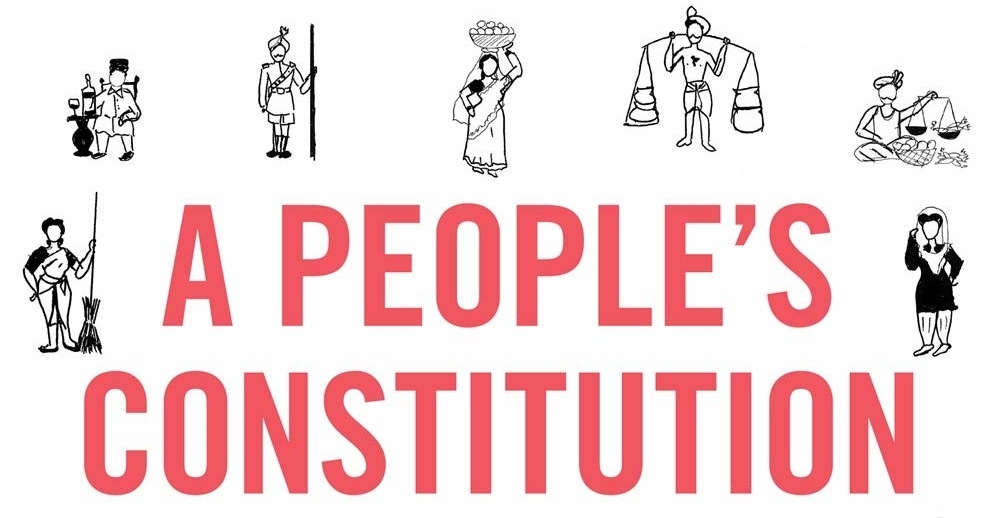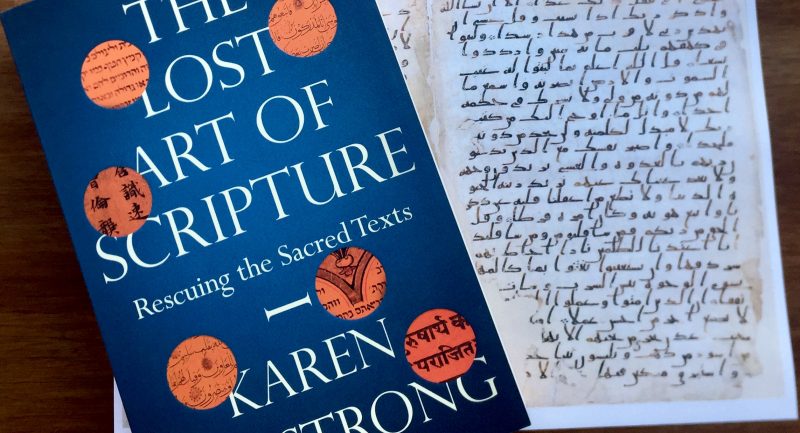
It has long been contended that the Indian Constitution of 1950, a document in English created by elite consensus, has had little influence on India’s greater population. Drawing upon the previously unexplored records of the Supreme Court of India, A People’s Constitution upends this narrative and shows how the Constitution actually transformed the daily lives of citizens in profound and lasting ways.
Rohit De examines four important cases that set legal precedents: a Parsi journalist’s contestation of new alcohol prohibition laws, Marwari petty traders’ challenge to the system of commodity control, Muslim butchers’ petition against cow protection laws and sex workers’ battle to protect their right to practice prostitution
Here is an exclusive excerpt from the introduction of the book!
In December 1950 Mohammed Yasin, a young Muslim vegetable vendor in the small town of Jalalabad in north India, was in distress. He had received notification that the town government was implementing a new set of bylaws licensing the sale of various commodities and was providing only one license for the sale of vegetables in the town area. This license had been issued to a Hindu merchant, granting him a virtual monopoly over the vegetable trade in Jalalabad, which forced Yasin and other vegetable vendors to sell their goods after paying the license holder a certain fee. Yasin petitioned the Supreme Court to issue a writ of mandamus directing the town committee not to prohibit the petitioner from carrying on his trade.
A writ of mandamus is an order issued by a superior court to compel a lower authority or government officer to perform mandatory or administrative duties correctly. Yasin’s lawyer argued that not only was the new regulation ultra vires (i.e., beyond the powers of the municipality), it also violated Yasin’s rights to a trade and an occupation, conferred by the Constitution of India.
As a vegetable vendor from a minor town, Yasin appears to be a nondescript bystander as the grand narratives of Indian history—independence, partition, elections, the integration of princely states—play out around him. Why should he be interesting to us today? Yasin is one of the first Indians to present himself before the new Indian Supreme Court as a rights-bearing citizen.
His problem and its solution both emerge from India’s new constitutional republican order and represent a phenomenon that is the subject of this book. Yasin’s constitutional adventure highlights three features, this book argues, that form the basis for Indian constitutionalism. First, the Constitution mattered as a limit to or a structure for daily living. Second, this constitutional engagement included large numbers of ordinary Indians, often from minorities or subaltern groups. Third, a significant number of these constitutional encounters were produced through the new Indian state’s attempt to regulate market relations.
India became independent at the stroke of midnight on August 15, 1947. Three years later the Constituent Assembly, whose members were nominated by elected provincial legislatures, promulgated a new constitution declaring the state to be a “sovereign democratic republic. ” This was a remarkable achievement for that time. The Indian Constitution was written over a period of four years by the Constituent Assembly. Dominated by the Congress Party, India’s leading nationalist political organization, the assembly sought to include a wide range of political opinions and represented diversity by sex, religion, caste, and tribe. This achievement is striking compared to other states that were decolonized. Indians wrote the Indian Constitution, unlike the people of most former British colonies, like Kenya, Malaysia, Ghana, and Sri Lanka, whose constitutions were written by British officials at Whitehall. Indian leaders were also able
to agree upon a constitution, unlike Israeli and Pakistani leaders, both of whom elected constituent assemblies at a similar time but were unable to reach agreement on a document.
The Indian Constitution is the longest surviving constitution in the postcolonial world, and it continues to dominate public life in India. Despite this, its endurance has received little attention from scholars. Although there are a handful of accounts of constitution-making and constitutional design, the processes through which a society comes to adopt a constitution still remain underexplored.
Exploring how the Indian Constitution of 1950 enfranchised the largest population in the world, A People’s Constitution considers the ways that ordinary citizens produced, through litigation, alternative ethical models of citizenship.









